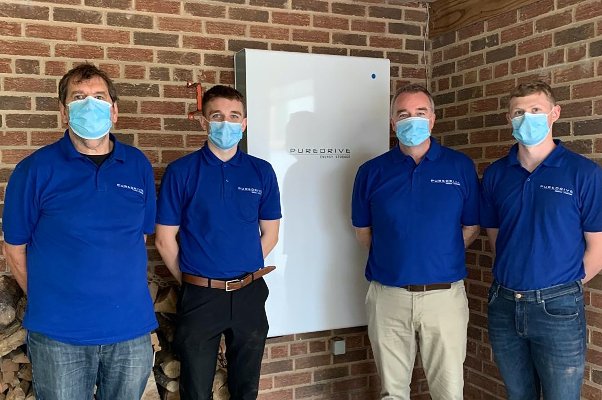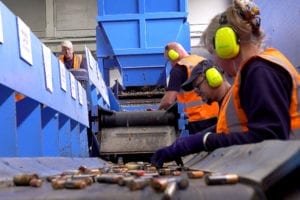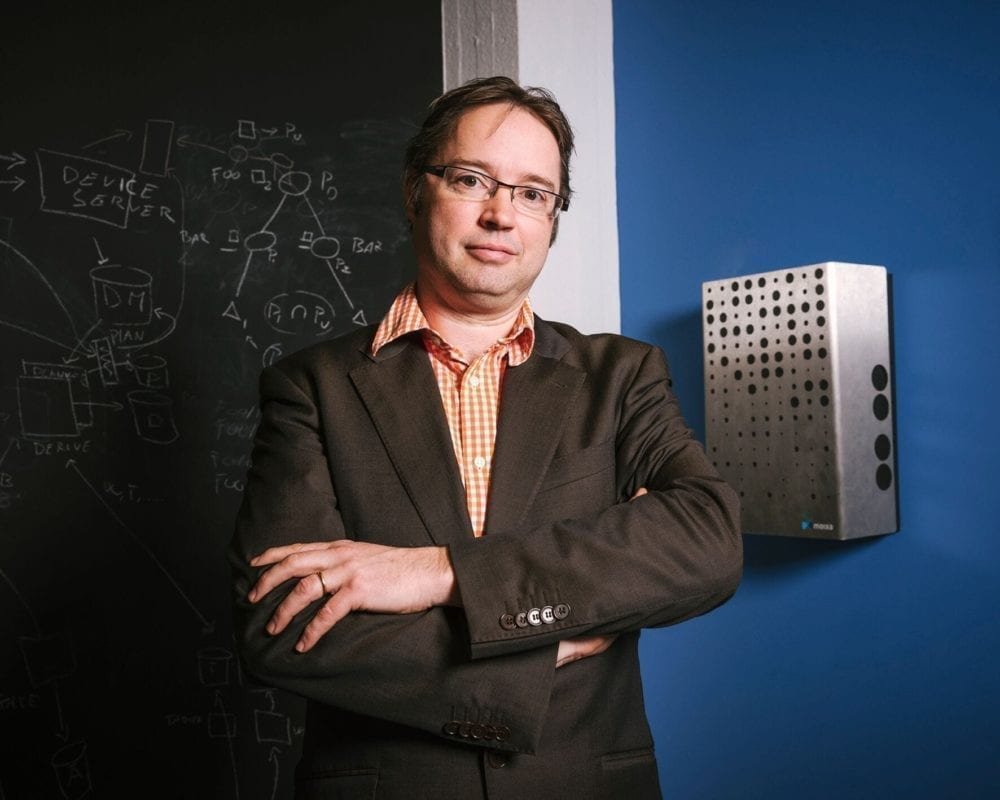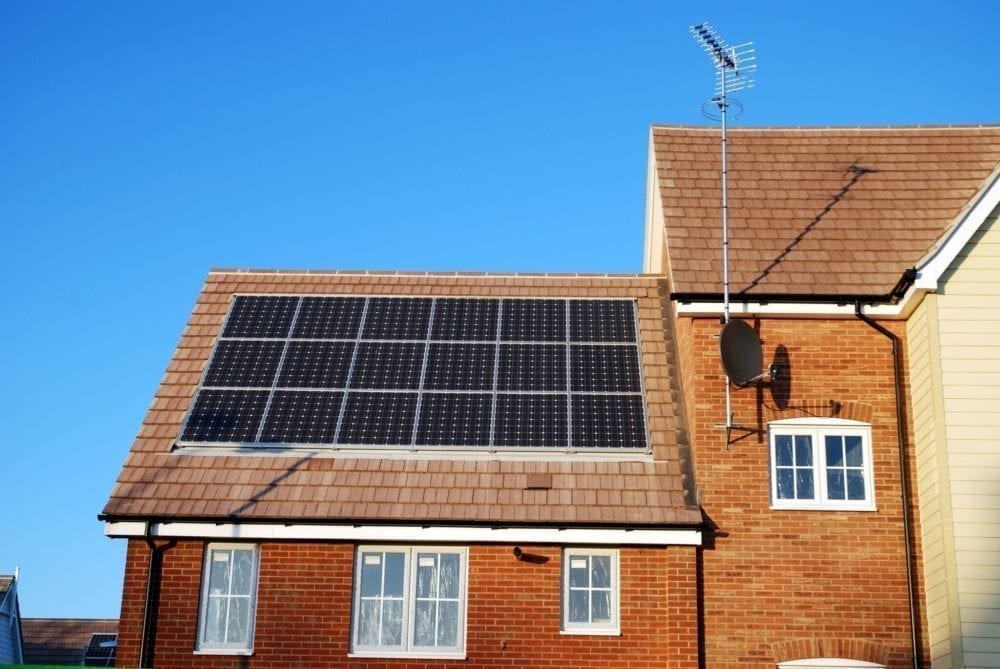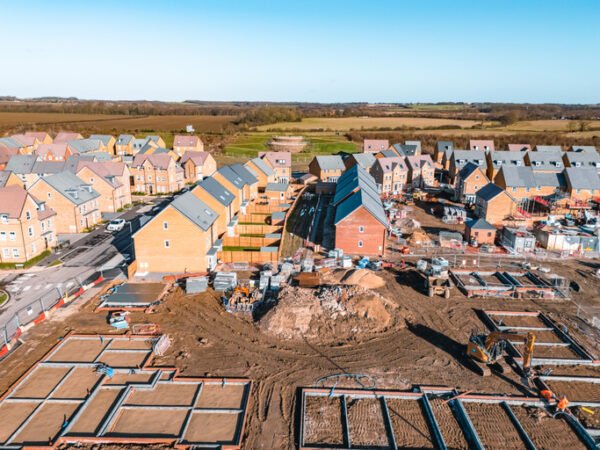This article first appeared in our ‘Love is all we need’ issue of My Green Pod Magazine, published on 14 February 2022. Click here to subscribe to our digital edition and get each issue delivered straight to your inbox
The electrification of our homes and planet has come hand in hand with a rapid expansion of more efficient electrical devices – from LED lights and electric heaters to electric vehicles (EVs) and computers.
Powering these electronic devices with home-generated renewable energy – from solar panels or a wind turbine, combined with a home battery system – provides an opportunity to simplify and decentralise the energy network.
With this comes greater energy independence, higher levels of energy security and safety – and, perhaps best of all, no energy supplier bills.
A control mechanism
Mark Millar, CEO of Puredrive, is on a mission to help people disconnect from what he sees as an outdated energy network we inherited in 1886 from Nikola Tesla’s AC-based power distribution network.
‘Tesla’s AC model made energy more efficient and accessible, removing the restrictions of Edison’s hyper-local DC energy network’, Mark explains. ‘He never envisioned it could be used as a control mechanism to be managed by the few. Businesses saw the opportunity to monetise and control energy distribution, which eventually led to the AC distributed electrical network that remains the current paradigm.’
The same centralised energy system is still firmly in place today, and remains managed by a handful of players.
‘Globally there are probably five large companies, creating almost a monopoly considering the size of the global market’, Mark tells us. ‘The capital costs required to enter this market present the biggest barrier to entry. Smaller energy suppliers have tried to differentiate through services and procure through the wholesale market, but as we see again and again, wholesale pricing increases lead to the demise of smaller energy suppliers.’
In addition to wholesale cost increases, bill payers also face the issue of energy inflation. It has always outpaced general inflation – over the last 15 years energy inflation has been 4.5% compared with general inflation of 2% – but energy inflation has recently accelerated.
The distribution network is also largely unchanged, with stations predominantly powered by the same fuels – though the share of fuel types has changed over the years. We now have less coal and more gas, plus nuclear and renewables, too.
Yet while wind and solar are included in the mix of energy supplied, these sources of power mainly still hook into the current centralised system.
For all these reasons, it’s no surprise that people are looking for alternative home energy solutions that are sustainable and secure.
‘From what we understand, there is a growing desire for homeowners to take more control of their own energy’, Mark says. ‘With so much uncertainty in the world, both locally and globally, a more self-sufficient energy option is being sought – one that is greener and creates greater energy independence.’
Freedom from a centralised system
Puredrive’s PureStorage AC battery system was shortlisted for the ‘Most Innovative Product’ award at the Solar & Storage show in November 2021, where the company also presented a new product: an EV charger that can operate with a home battery system, and that can even charge using electricity generated from your own solar panels.
With a smart option to operate with variable rate tariffs, this could be an exciting solution for anyone drawn to green power, a lower carbon footprint and energy independence.
The release of the charger and complementary products from Puredrive marks what Mark describes as energy’s ‘red pill, blue pill moment’: we can choose to take control of our own energy, or remain tied to the centralised power paradigm.
The EV charger itself is not the solution; rather than simply taking power away from the system Mark is trying to overturn, he wants to inspire a completely new way of thinking.
By combining the green EV charger with home insulation, solar and wind, a battery and an air-source heat pump for hot water and heating, we could turn the power paradigm on its head.
 Play Video about This Rock Might Just Save The World
Play Video about This Rock Might Just Save The World Play Video about Play 2 hours of rock
Play Video about Play 2 hours of rock Play Video about Play 2 hours of brook
Play Video about Play 2 hours of brook Play Video about Play 2 hours of sheep
Play Video about Play 2 hours of sheep

















